A chave para equipes de alto desempenho e seguras: conhecer as pessoas como indivíduos
Read in English Grandes líderes entendem que os membros de sua equipe não são apenas funcionários, mas indivíduos com experiências, motivações e necessidades únicas. Essa abordagem personalizada, conhecida pela comunidade psicológica como “Consideração Individual”, é essencial para líderes que visam construir equipes de alto desempenho e melhorar a segurança no local de trabalho. Quando os…


